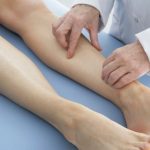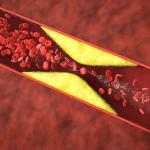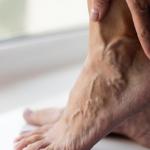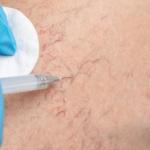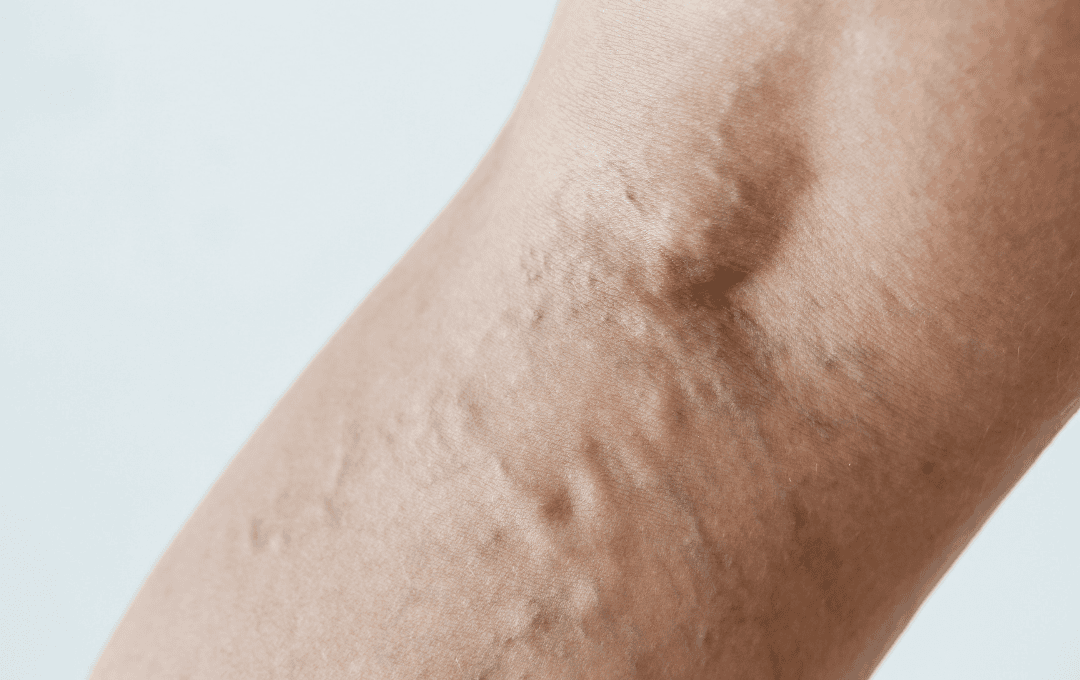
Understanding Dehydrated Veins
Your veins play a crucial role in circulating blood back to the heart. But like the rest of your body, they depend on proper hydration to function well. When you’re dehydrated, your blood volume decreases, making veins less plump and harder to see. This change can cause cosmetic and medical concerns, especially for those already struggling with venous conditions.
What Do Dehydrated Veins Look Like?
Dehydrated veins can show several visible changes that may be easy to spot. One of the most common signs is a flattened or collapsed appearance. Without enough fluid in your system, veins lose their usual fullness and may appear smaller or even seem to “disappear” beneath the skin. Healthcare providers also note that dehydration can make veins harder to access for IVs or blood draws, since collapsed veins don’t hold their shape under pressure.
In addition, veins that are normally more raised—especially in the hands, arms, or legs—can become far less noticeable when you’re dehydrated. Lower blood volume contributes to this, sometimes making veins blend into the surrounding skin. You may also notice paler skin around the veins, further reducing their definition. These changes are key indicators that your body is experiencing the effects of dehydrated veins and needs more fluids.
Signs You May Be Dehydrated
Aside from visible changes in vein health, dehydrated veins are often linked to other symptoms throughout the body. You may notice dry, flaky skin and chapped lips, which are early signs of fluid loss. Dizziness or lightheadedness—especially when standing up quickly—can also occur, and dark-colored urine or less frequent urination is another indicator that your body isn’t getting enough hydration.
In addition to vein changes, dehydration may leave you feeling unusually fatigued or weak, making everyday activities more difficult. Muscle cramps are another common sign, caused by imbalances in fluid and electrolytes. These symptoms, along with the appearance of dehydrated veins, are your body’s way of signaling the urgent need to restore hydration.
Can Dehydration Affect Varicose or Spider Veins?
Yes. While dehydration alone doesn’t cause varicose or spider veins, it can make symptoms worse. Thicker blood from dehydration puts added strain on veins already weakened by venous insufficiency. This may increase discomfort, swelling, and visible vein problems.
How to Keep Your Veins Healthy
-
Drink Enough Water – Aim for at least 8 glasses a day, more if you’re active.
-
Eat Hydrating Foods – Fresh fruits and vegetables add water and essential nutrients.
-
Limit Alcohol and Caffeine – These act as diuretics, pulling water out of your body.
-
Exercise Regularly – Movement boosts circulation and keeps blood flowing smoothly.
-
Seek Medical Help for Chronic Vein Issues – If you notice bulging, painful, or discolored veins, hydration won’t be enough—you may need professional vein treatment.
When to See a Vein Specialist
If your vein symptoms go beyond mild changes from dehydration—such as persistent swelling, pain, or visible varicose veins—it’s best to consult a vein specialist. At USA Vein Clinics, we provide minimally invasive, non-surgical treatments that improve circulation and restore your vein health. Dehydrated veins often appear flat, collapsed, and less visible. Staying hydrated helps maintain vein fullness, supports circulation, and reduces strain on your vascular system. For ongoing vein concerns, professional care is the most effective solution.

